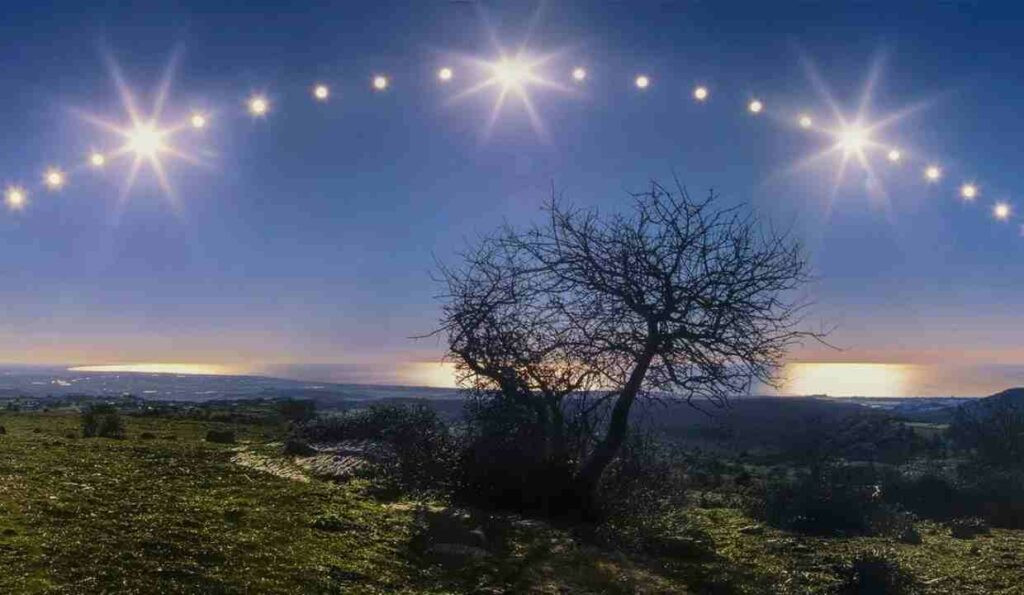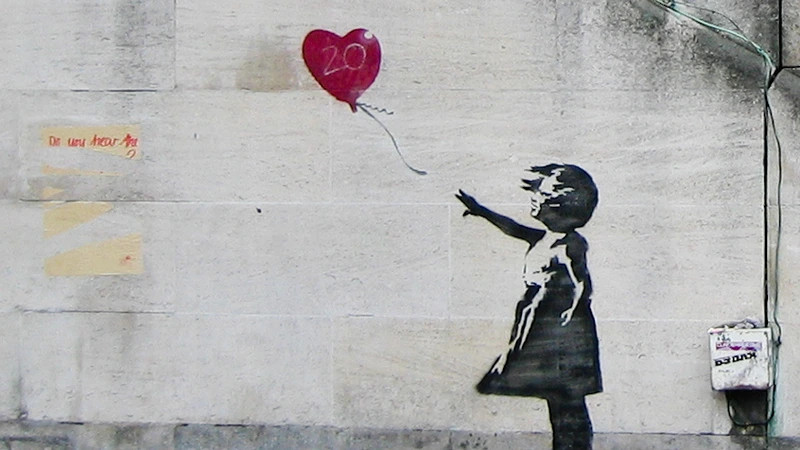The Winter Solstice 2024: A Journey into the Heart of Winter
The December solstice, also known as the winter solstice in the Northern Hemisphere and the hibernal solstice, marks the shortest day and the longest night of the year. This astronomical event, occurring annually around December 21st, signifies the official beginning of astronomical winter, as the North Pole is tilted furthest away from the sun. The solstice happens at the same time globally; in 2024, it falls on December 21st at 4:21 a.m. EST. This doesn't necessarily align with meteorological winter, which typically starts on December 1st.
The Science Behind the Solstice
The Earth's 23.5-degree axial tilt is the key to understanding the solstice. This tilt causes the seasons and impacts sunlight distribution. During the December solstice, the Northern Hemisphere receives the least direct sunlight, resulting in shorter days and longer nights. The sun's rays are directly over the Tropic of Capricorn in the Southern Hemisphere, marking the beginning of summer there.
The Earth's Orbit and its Irregularities
The Earth's orbit isn't a perfect circle; it's slightly elliptical. This, combined with the axial tilt, means that the duration of daylight varies throughout the year. While some might assume the shortest day results from later sunrises and earlier sunsets, it's more nuanced. Sunsets progressively get later in the days leading up to the solstice. Professor Emeritus Peter Lynch from UCD's School of Mathematics and Statistics explains that clock time (mean time) differs from solar time due to the Earth's orbital irregularities. The equation of time represents the difference, sometimes reaching up to 15 minutes between the two. This variation in daylight hours is also influenced by the fact that Earth is closest to the sun in January, affecting its orbital speed.
Global Celebrations and Traditions
For centuries, cultures around the world have celebrated the winter solstice, viewing it as a time of renewal, rebirth, and a symbol of the balance between light and darkness. The solstice holds profound cultural and symbolic significance, marking the gradual return of longer days and brighter skies. It is a day to marvel at the natural rhythms that govern our planet and to reflect on the enduring balance of light and dark.
Solstice Celebrations Around the World
In Iran and Central Asia, people gather to eat (often red fruits like pomegranates and watermelons), drink, and read poetry throughout the night. Japanese traditions include taking yuzu baths and eating foods with the “n” sound for good luck. Many cultures engage in rituals designed to protect their homes from unwanted entities, believing the veil between the physical and metaphysical worlds is thin during this time. Lighting a Yule log is a common practice, symbolizing luck and safety. At Stonehenge, visitors celebrate the winter solstice and observe the sunset to the southwest of the stone circle, a position carefully aligned with the sun’s path on this particular day.
Embracing the Season: Wintering Well
Several recent books offer practical advice on how to embrace the winter season, not just endure it. Kari Leibowitz’s How to Winter explores how cultures in regions with long winters maintain positive attitudes, suggesting tips like recreating summer activities in winter (a beach barbecue or park picnic) and trading bright lights for warmer, cozier lighting. Katherine May’s Wintering acknowledges winter's challenges but also highlights its potential for transformation and personal growth. As May states, “Every time we winter, we develop a new knowledge about how to go back into the world. We learn about our tastes and preferences. We learn about what makes us happy.”
A Time for Reflection and Renewal: Winter's Embrace
The winter solstice, regardless of how it's celebrated, provides an opportunity for introspection and rejuvenation. Whether it's through quiet contemplation, family gatherings, cultural rituals, or simply appreciating the beauty of the winter landscape, the shortest day of the year offers a chance to reflect on the past and look forward to the promise of the returning sun. The lengthening days symbolize hope, renewal, and the cyclical nature of life itself. This is a time for togetherness and shared experiences, a moment to reconnect with loved ones and cherish the warmth of human connection in the midst of the cold and darkness. The lengthening of days brings a revitalizing sense of optimism, a promise of brighter times ahead.

















